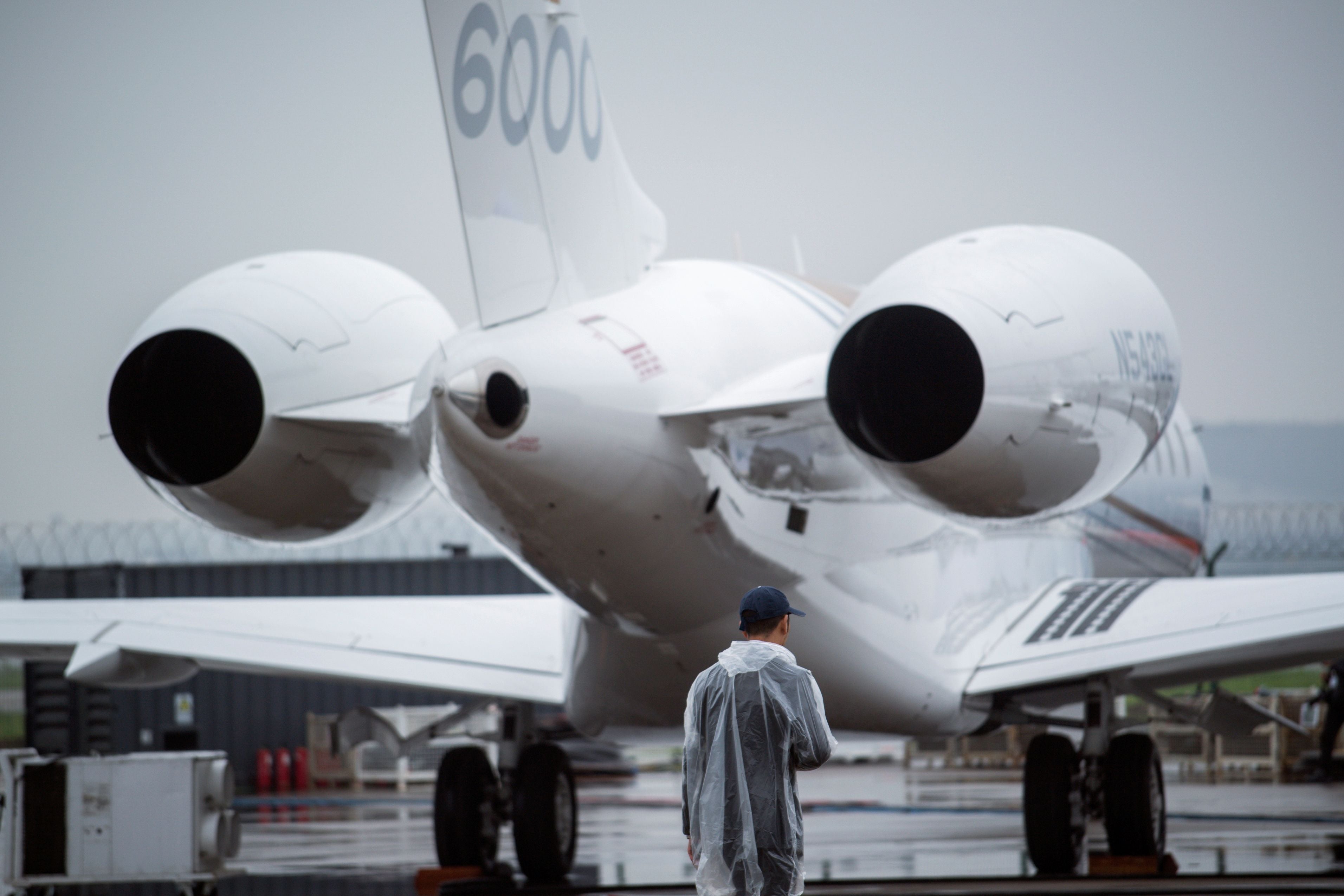Hackers share details of Canadian military spy plane on dark web
Details of Bombardier’s jet used for Saab’s GlobalEye surveillance system posted on dark web

Your support helps us to tell the story
From reproductive rights to climate change to Big Tech, The Independent is on the ground when the story is developing. Whether it's investigating the financials of Elon Musk's pro-Trump PAC or producing our latest documentary, 'The A Word', which shines a light on the American women fighting for reproductive rights, we know how important it is to parse out the facts from the messaging.
At such a critical moment in US history, we need reporters on the ground. Your donation allows us to keep sending journalists to speak to both sides of the story.
The Independent is trusted by Americans across the entire political spectrum. And unlike many other quality news outlets, we choose not to lock Americans out of our reporting and analysis with paywalls. We believe quality journalism should be available to everyone, paid for by those who can afford it.
Your support makes all the difference.Hackers have shared details of a Canadian military spy plane after its manufacturers seemingly refused to pay a cyber ransom.
Aerospace firm Bombardier, whose Global 6000 plane is used for Saab’s GlobalEye spy system, says it was the victim of a “limited cybersecurity breach.”
That saw detailed plans of the airborne early warning system developed by the Swedish defence company Saab being dumped on the dark web site CLOP^_-LEAKS.
“Forensic analysis revealed that personal and other confidential information relating to employees, customers, and suppliers was compromised,” said Bombardier in a statement.
The company made no mention of any ransom in their statement not did they mention CLOP by name.
A string of companies have been victim of the CLOP ransoms, including the law firm Jones Day, which represents ex-president Donald Trump.
Other organisations to be hit by CLOP include the Reserve Bank of New Zealand, Colorado university and the Australian Securities and Investment Commission.
The CLOP website was launched in March 2020 to publish data stolen from groups or companies that refuse to pay a ransom, according to cyber-security firm Cyware.
Saab says that GlobalEye is a “surveillance solution that ensures quick and accurate coverage of vast distances of air, sea or land, with the ability to switch between surveillance areas in an instant.”
It is currently in use in countries including Mexico, Brazil, Greece, Pakistan, Thailand, the United Arab Emirates and Sweden.
Bombardier has not returned a request for comment from The Independent.




Join our commenting forum
Join thought-provoking conversations, follow other Independent readers and see their replies
Comments